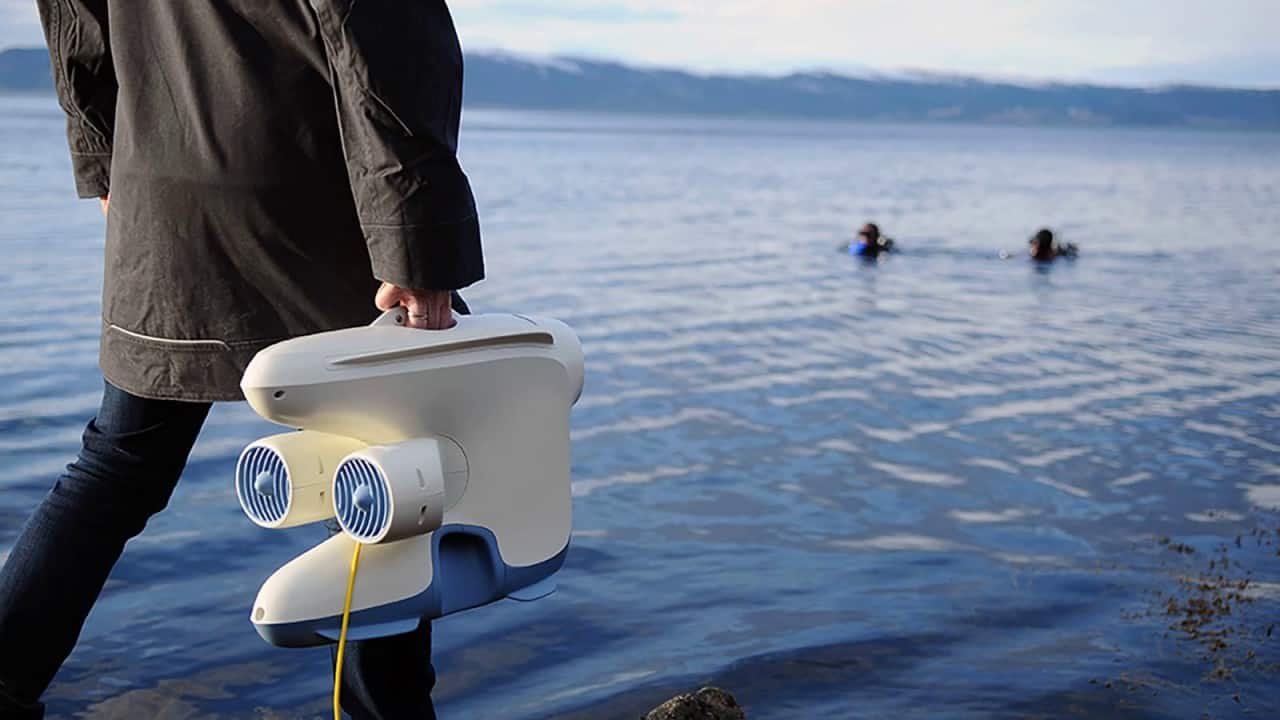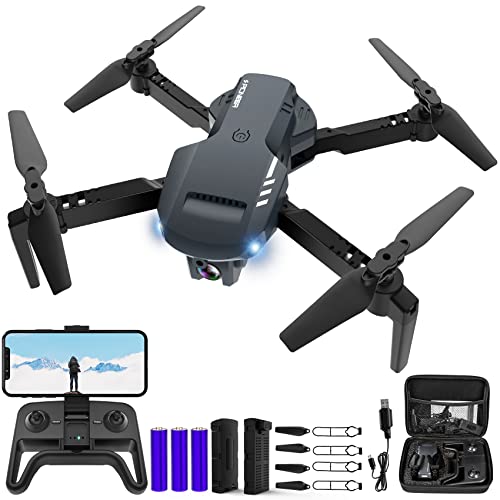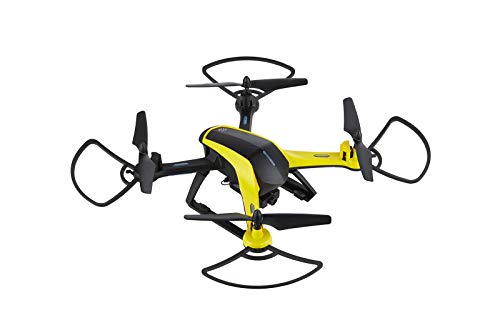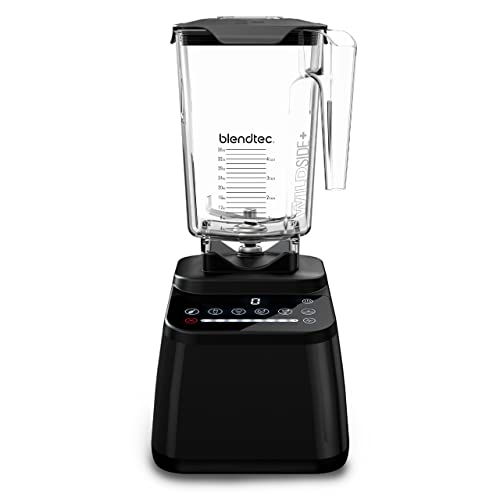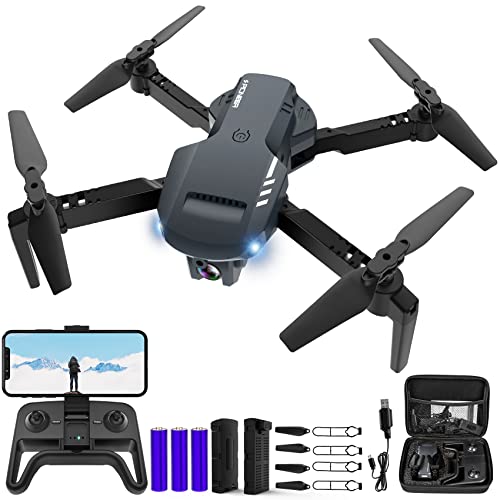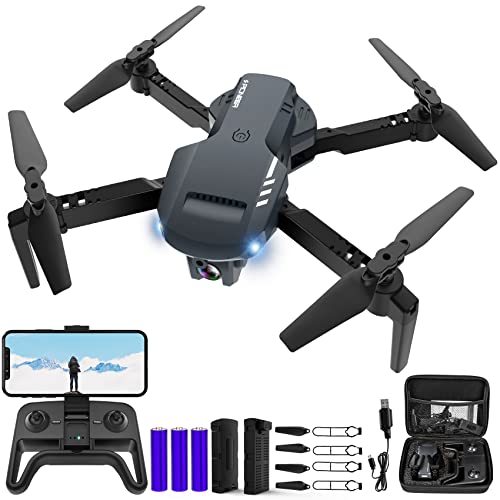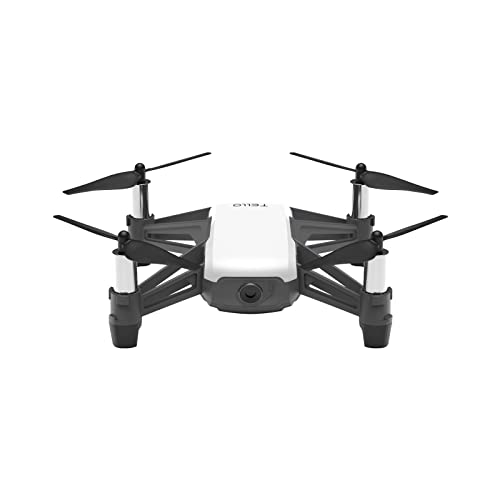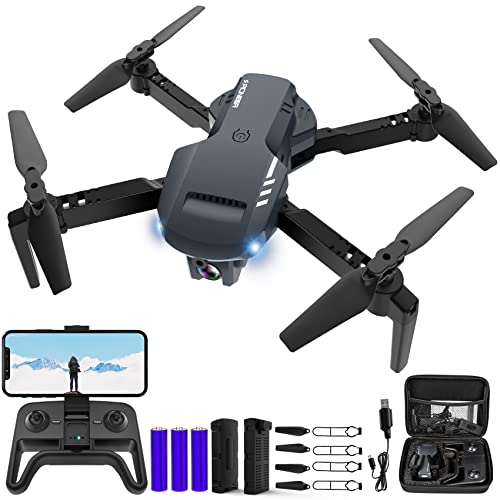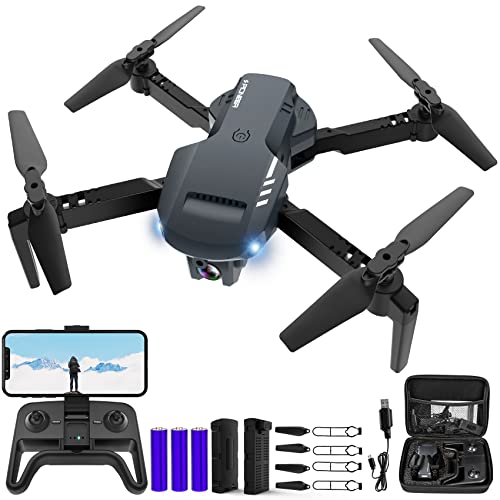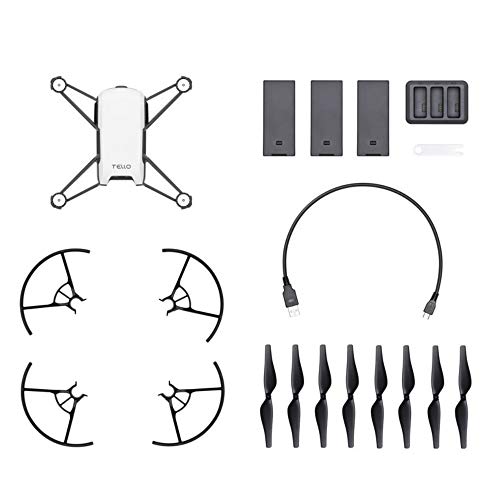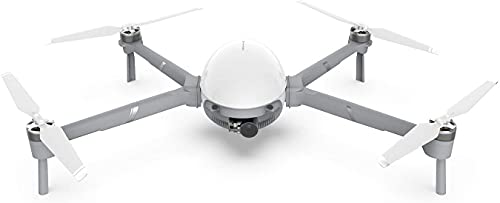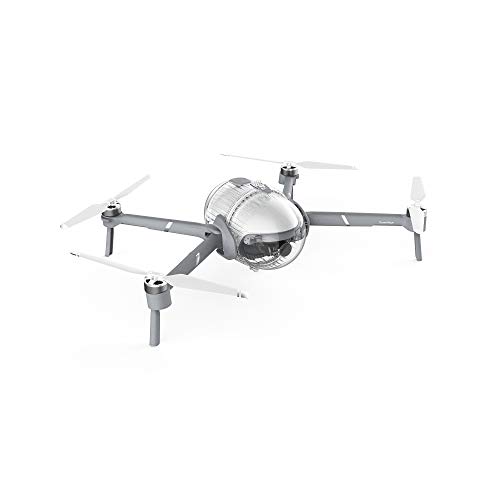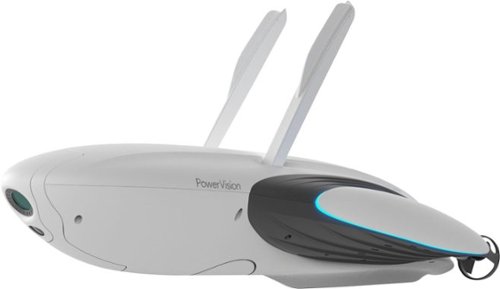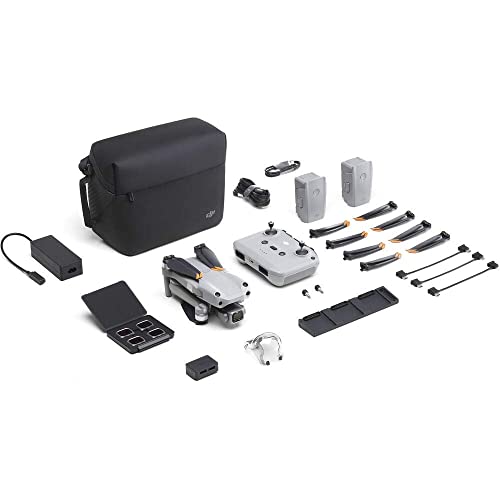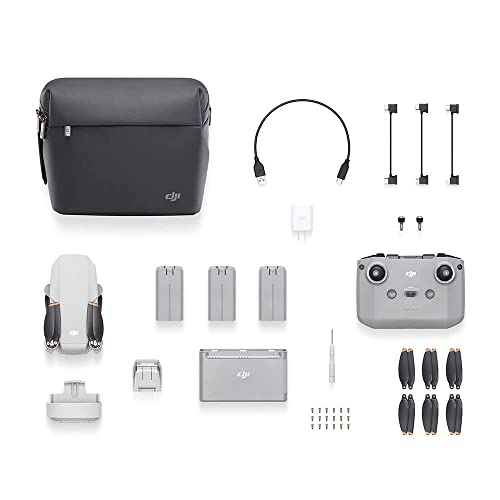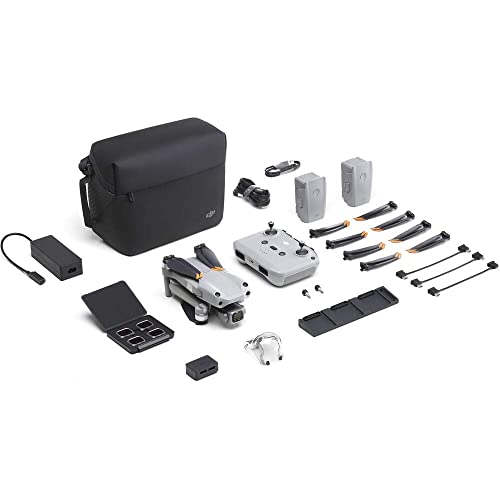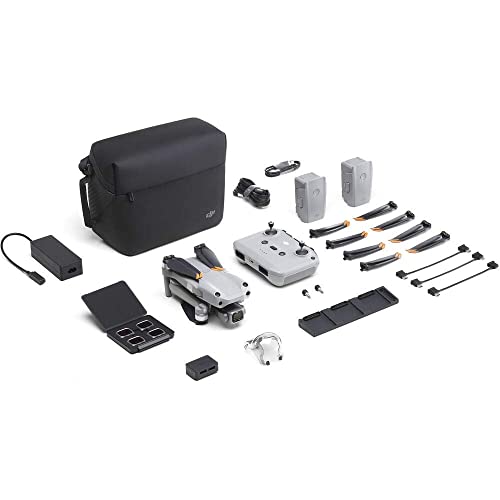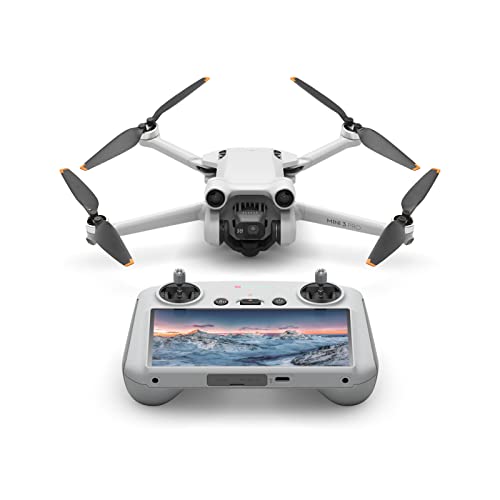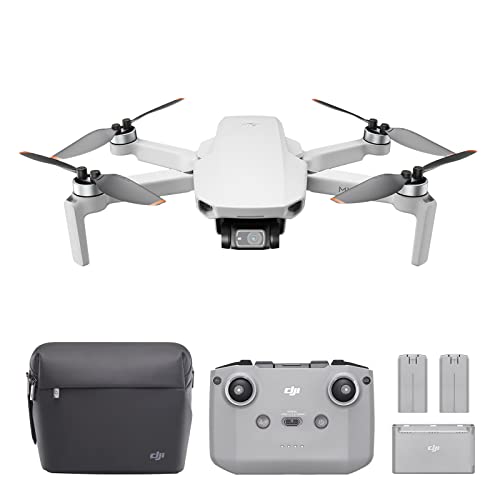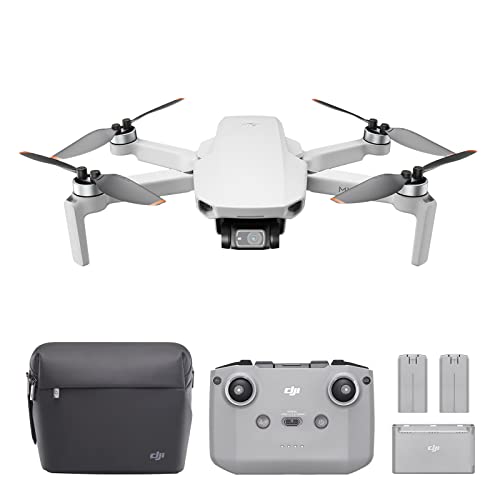If you are an amateur in the world of unmanned aerial vehicles, you may wonder what to do if your drone lands in the water. Even the best drones, after all, can experience a certain amount of trouble when landing or falling in the water. So what steps should you take when this happens? Keep reading to find out.
KEY TAKEAWAYS:
- Most modern waterproof drones feature a water-resistance rating, though this typically refers to fresh water and not saltwater.
- If your drone lands in saltwater, retrieve it immediately and flush it with distilled water, allowing it to dry for five days.
- For freshwater landings, allow it to dry for several days and then power it back on carefully.
What Happens if a Drone Gets Wet?
Ultimately, this depends on the drone itself. Despite being high-tech, many modern drones feature robust water resistance in the form of rubber casings and other advancements. If your drone offers no protection from water whatsoever, then your drone will likely short out if it gets wet. So, you’ll need to know how to waterproof a drone, what is the range for your drone, and how to replace drone propellers. All of these can help you prevent your drone from getting damaged by water. If you learned what to do with a drone, flew it over water, and it crashed, retrieve it quickly as possible and assess the damage. If the drone is not working, here are the steps to take.
Insider Tip
It is probably best for children aged 13 to 18 to avoid large bodies of water altogether when flying a drone.
Avoid Seawater
If you had to choose between seawater and freshwater for a fine waterproof drone to land in, choose the latter. Seawater quickly corrodes the electronics of both small and large underwater drones, if you just learned what size drones require registration. If it already landed in seawater, perform these steps before conducting any troubleshooting or repairs. You’ll also want to find the drone serial number and jot it down, in case you need to take it to a repair shop.
- Turn off the power and rinse all of the electronic components with distilled water.
- Flush it completely to remove any and all salt particles.
- Once you are satisfied with the flushing, let it remain unpowered for five full days to dry. Pick a dry location for this process.
- After the five days are up, carefully power the drone on. Go slow here, testing it out bit by bit to ensure all of the various components are functioning properly.
Let it Dry Completely
For drones that fell into freshwater, just let it dry completely for several days. Remove the battery and let that component dry separately. Place both in a dry part of the home or even encase them in rice (size permitting.) After the drying process has finished, replace the battery and power the drone back on carefully, going slow so as to check all of the features and functionalities.
Call in a Pro
Powered the drone back on and there are some major issues? Don’t hesitate to contact a repair or maintenance professional, as they should be able to assess the damage and recommend a preferred course of action. This could include replacing parts or performing some electrical work.
F.A.Q.S
How can I waterproof my drone?
The best way to waterproof your drone is to exercise caution when flying, keeping a keen eye on your maximum flight distance, your flight logs, and your drone battery.
Is it safe to fly a drone over water?
Some drone pilots are confident to fly over freshwater, but most should avoid seawater, due to the corrosive nature of the liquid. If you are flying over a body of water, no matter the type of water, take the necessary precautions.
Can drones get wet?
It really depends on that drone’s water-resistance rating and how susceptible the circuit boards are to moisture damage. If your drone comes into contact with water, perform regular maintenance steps.
STAT: When you disable the VPS of your aircraft and the distance between the water surface and the drone is smaller than 2 meters, you should fly the drone at a low speed in your FOV (field of view). (source)

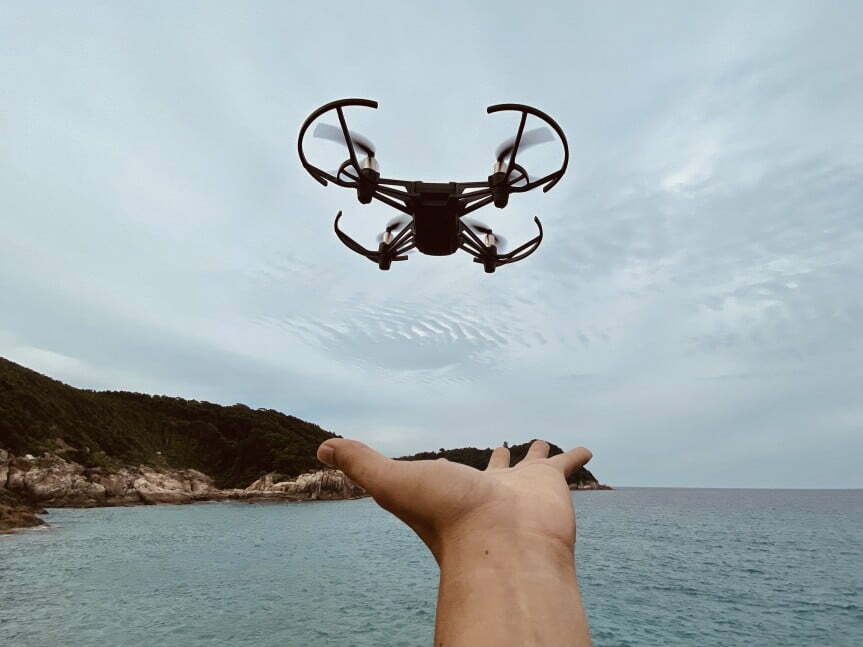












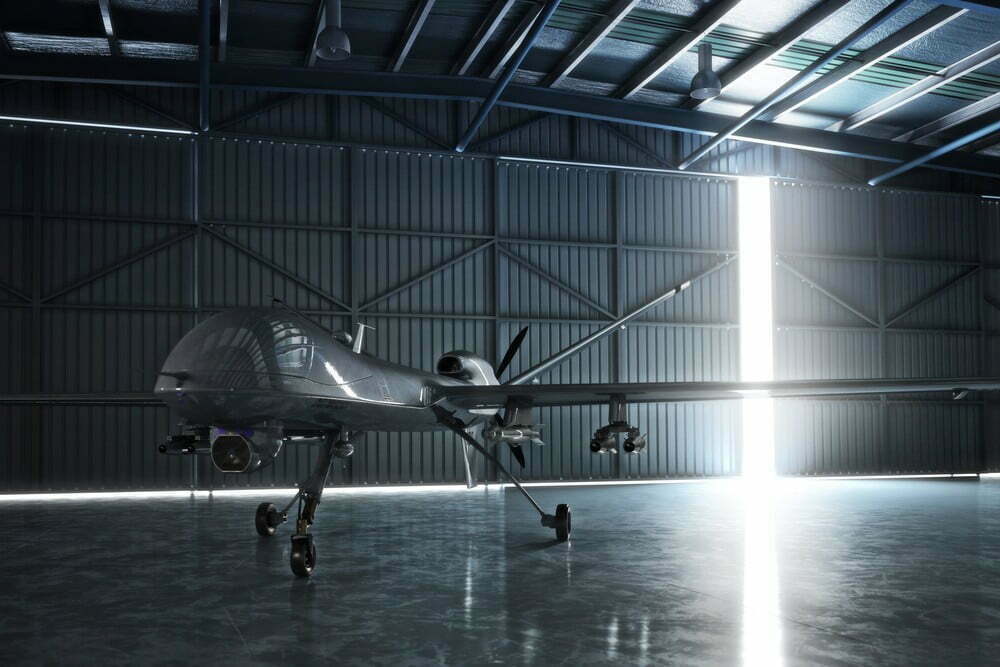
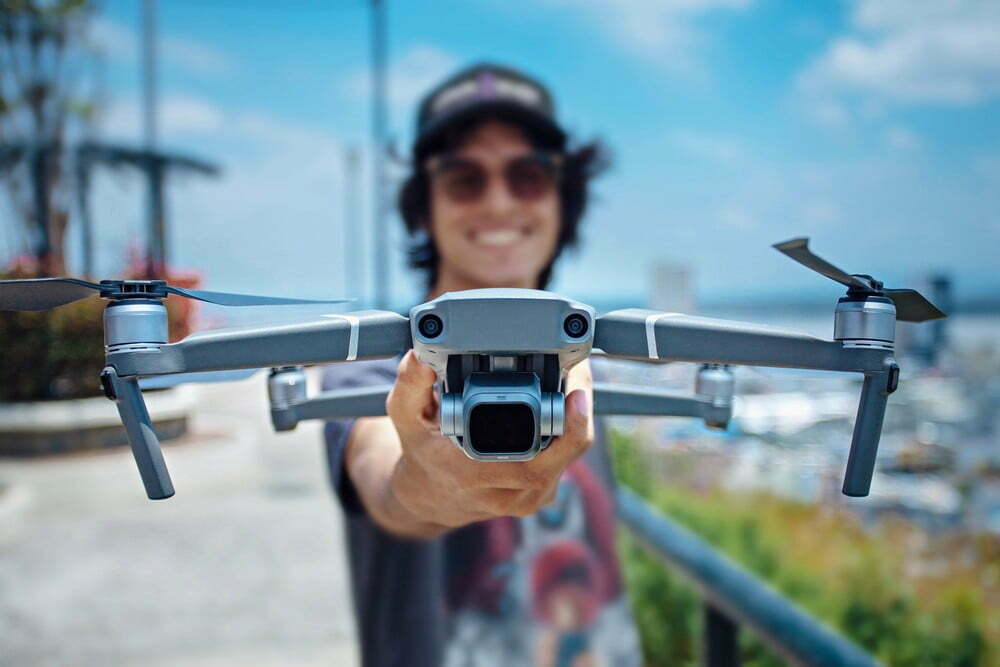
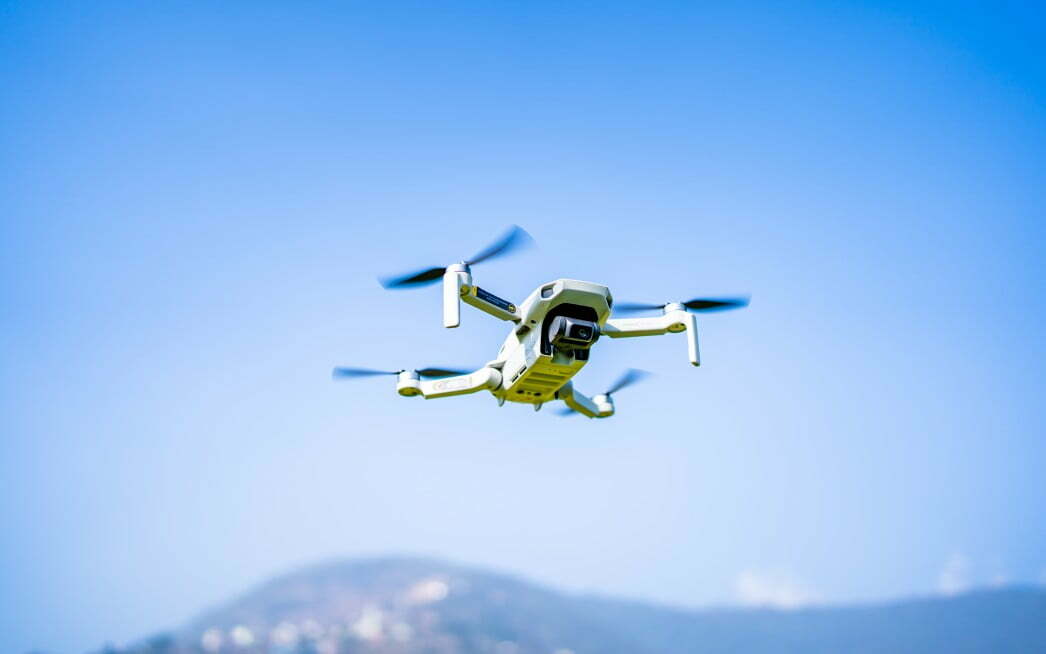
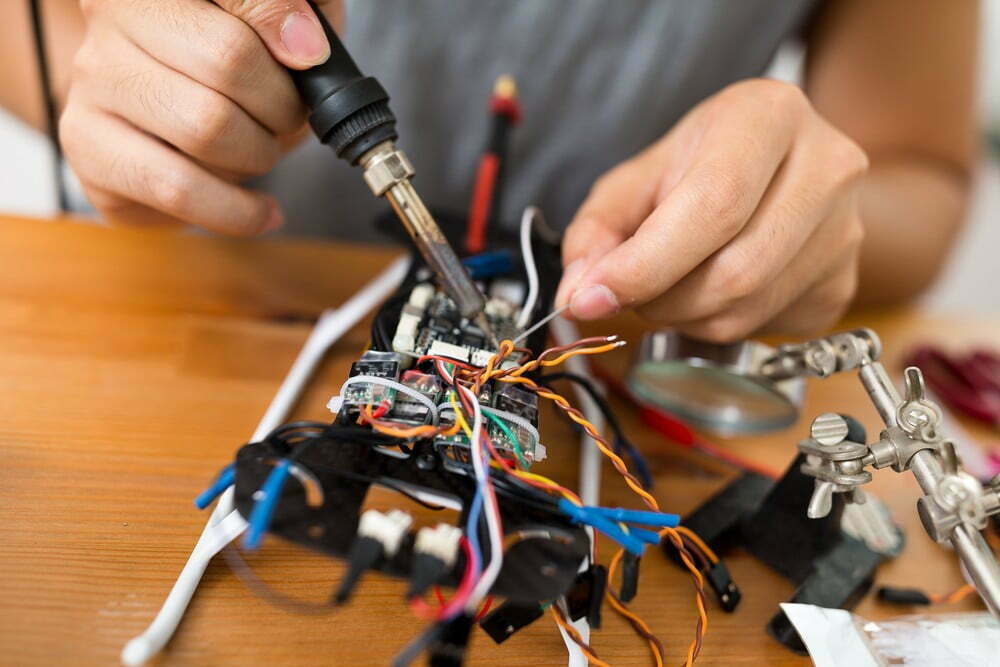
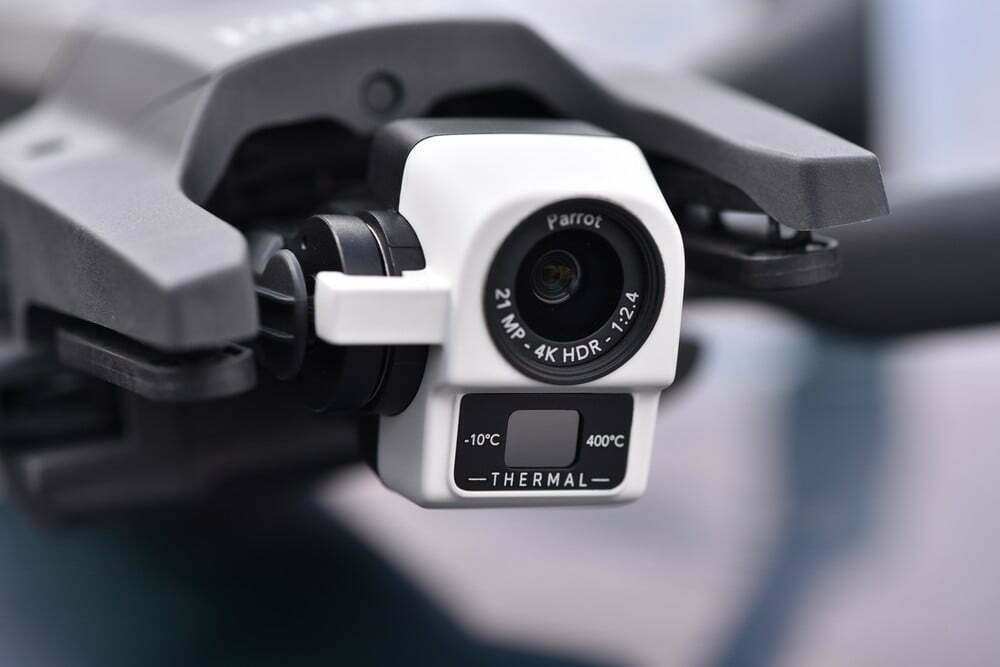
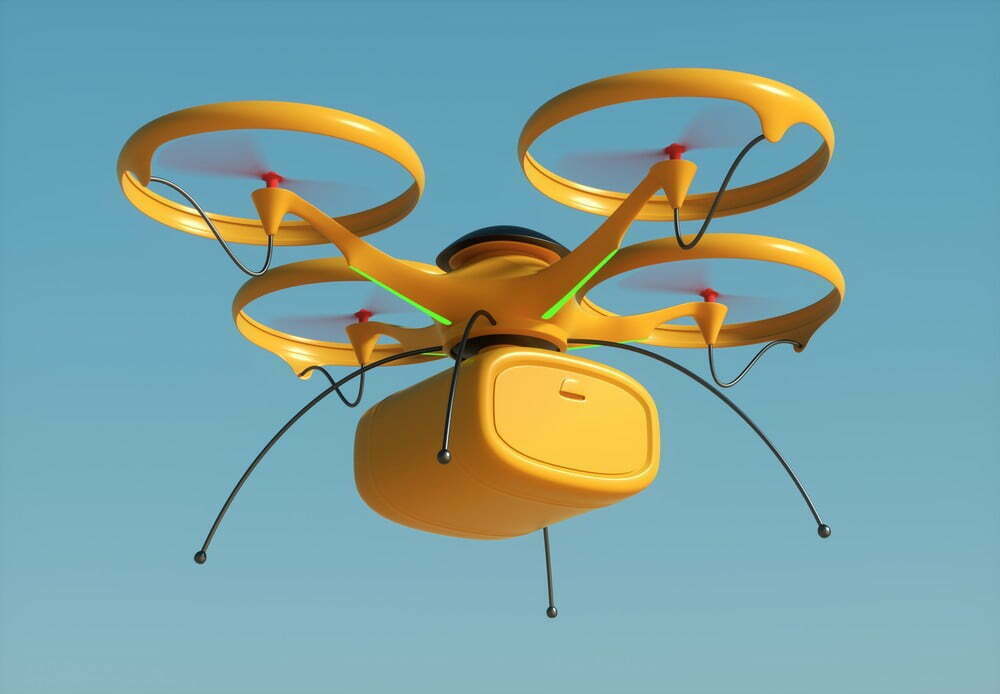
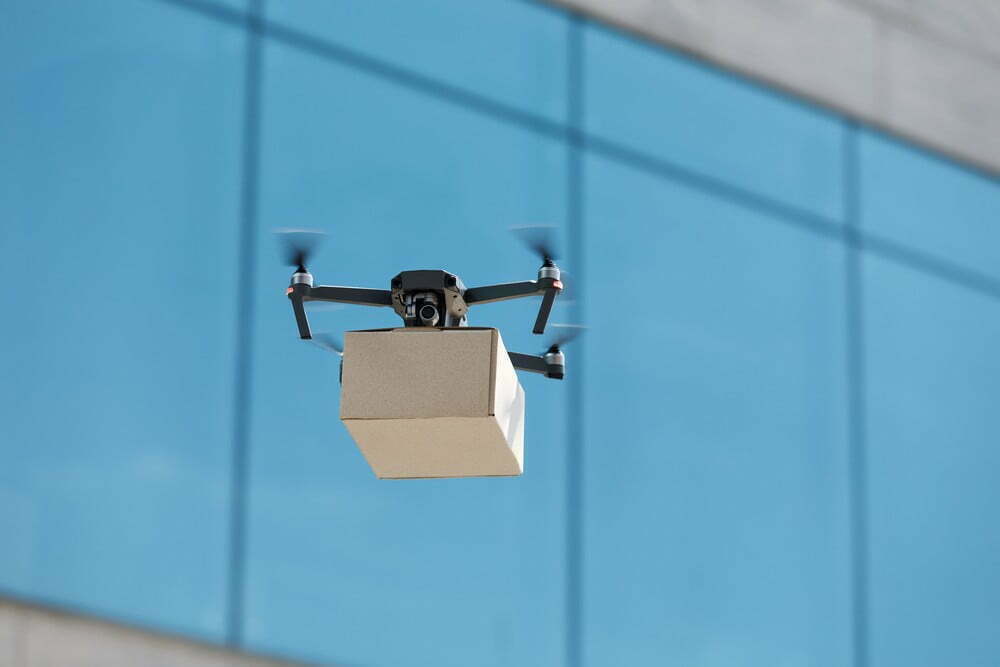
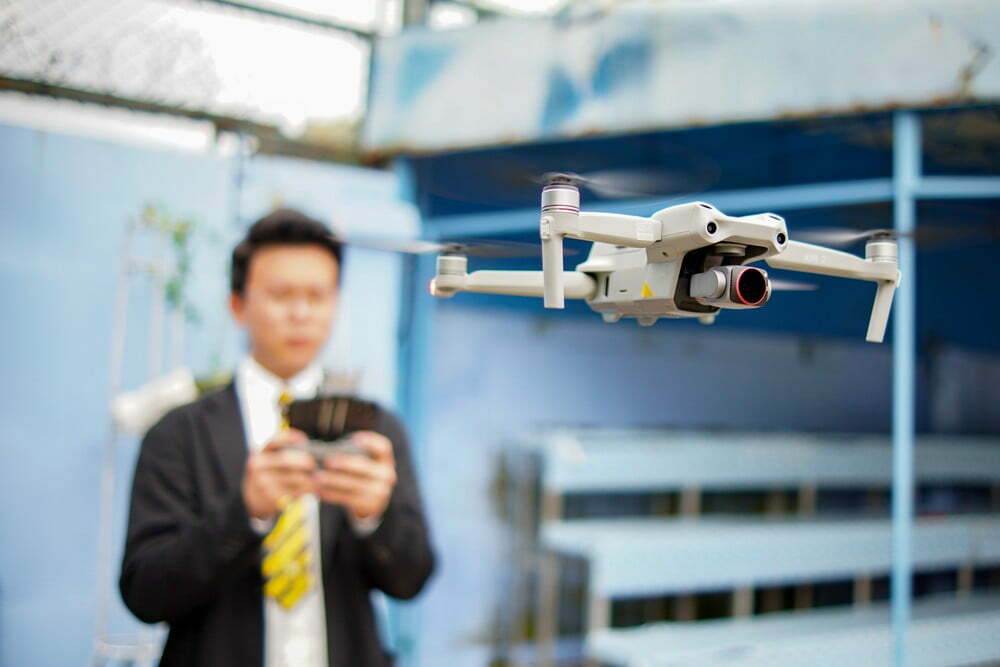
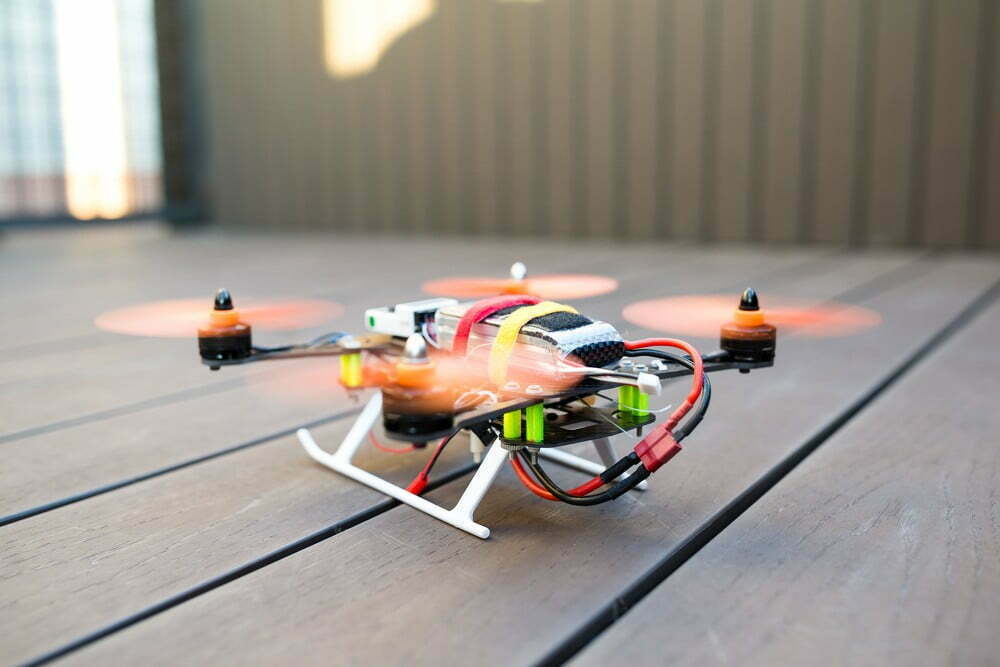
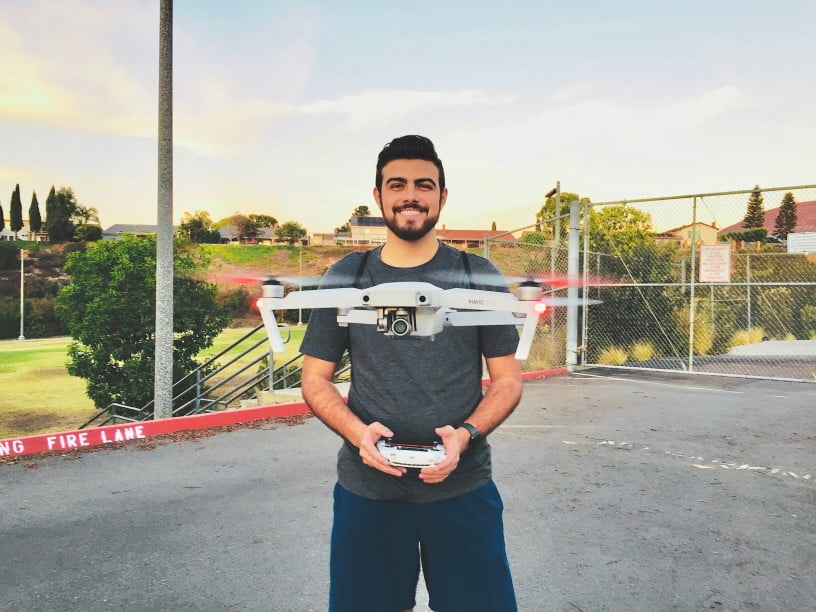
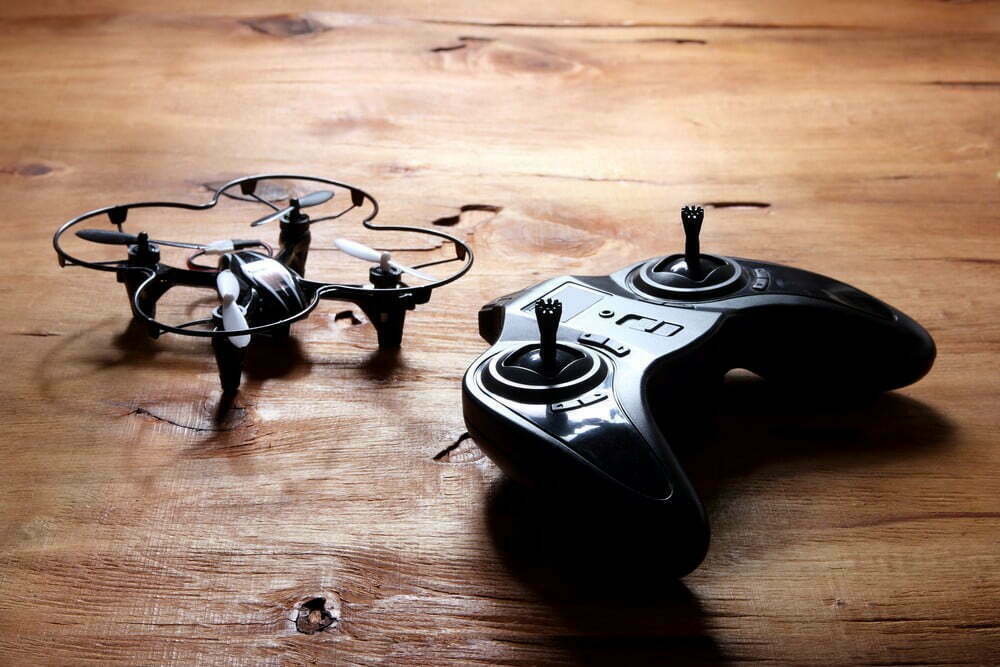
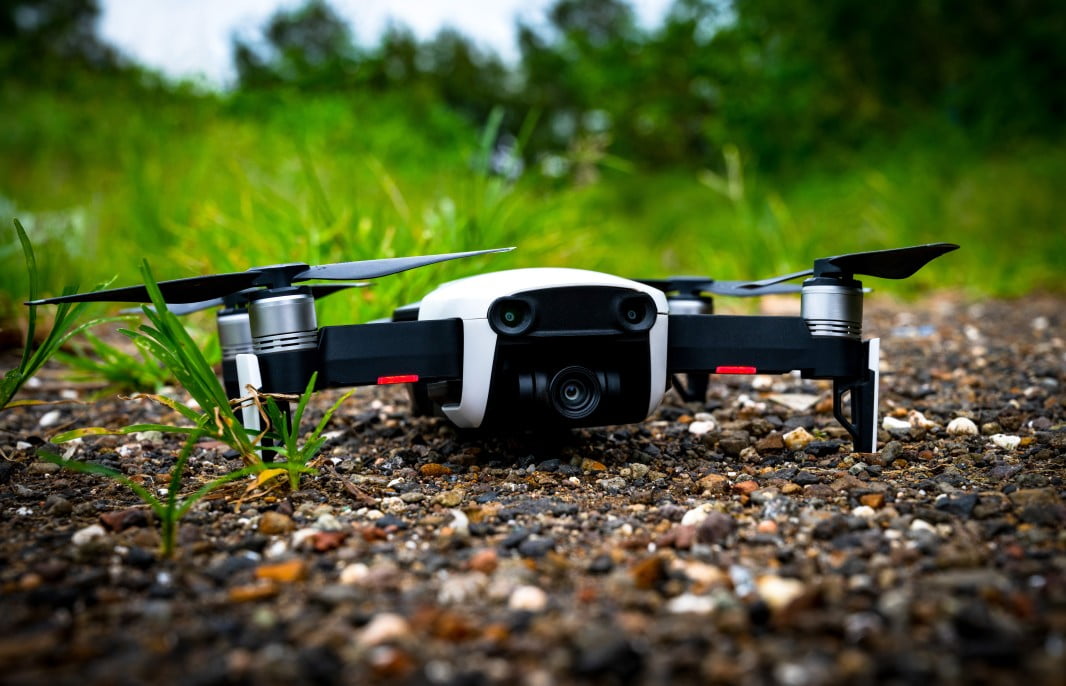
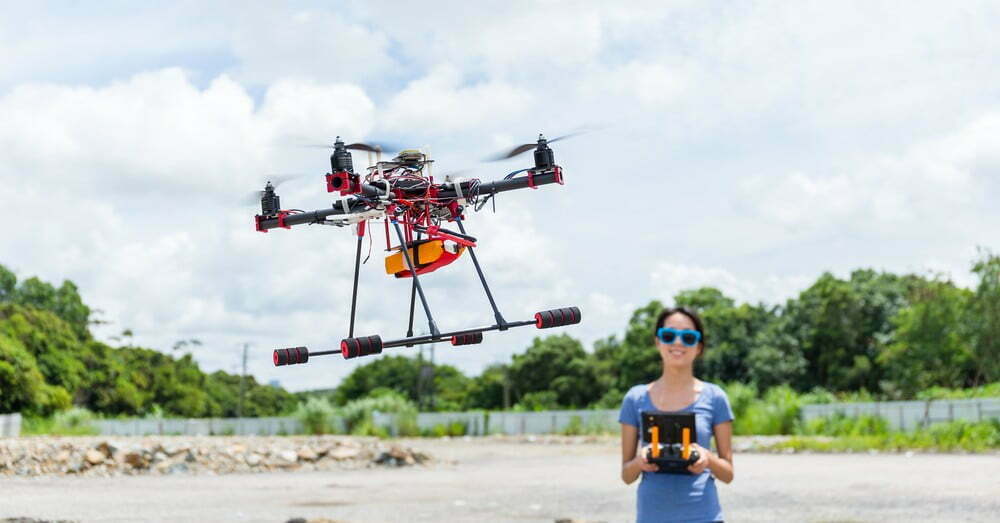
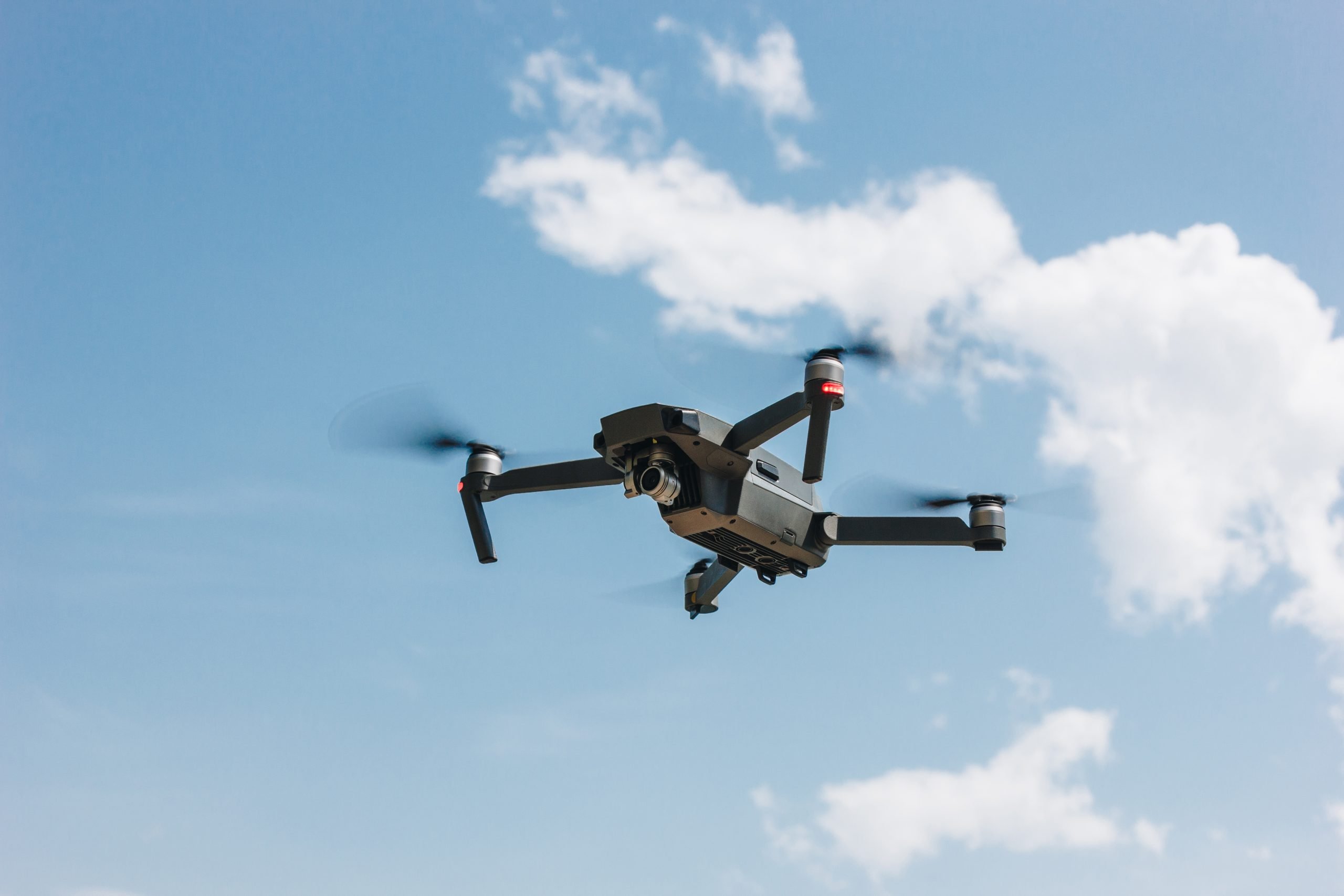
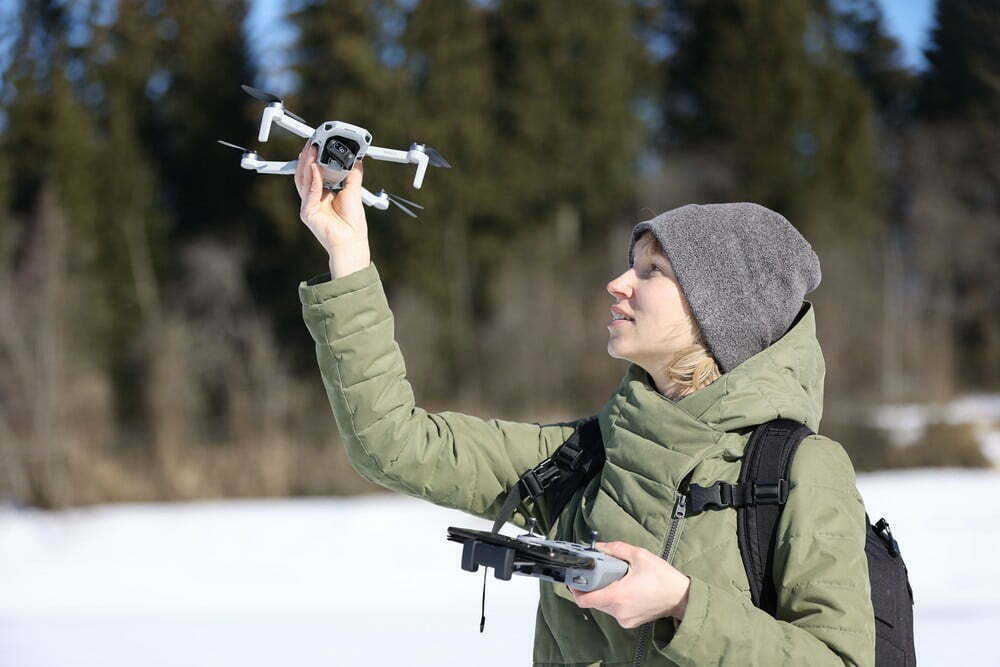
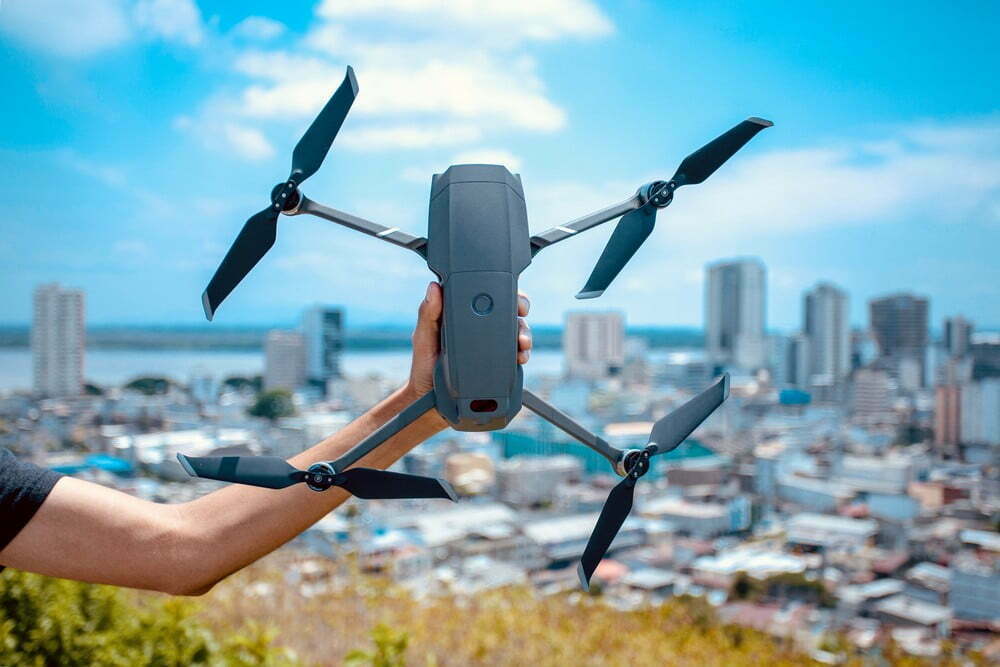
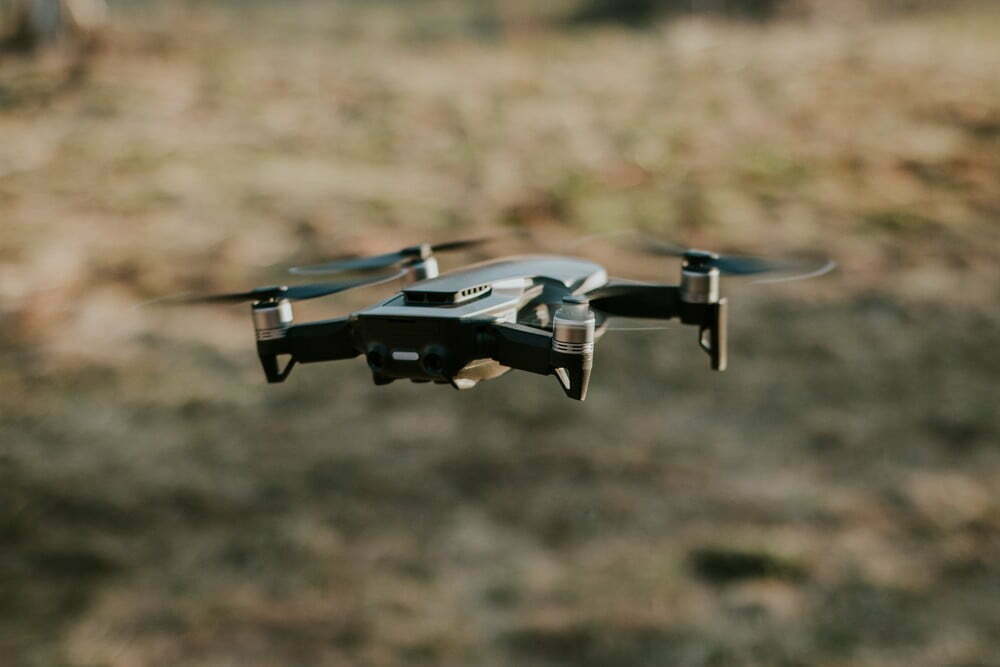
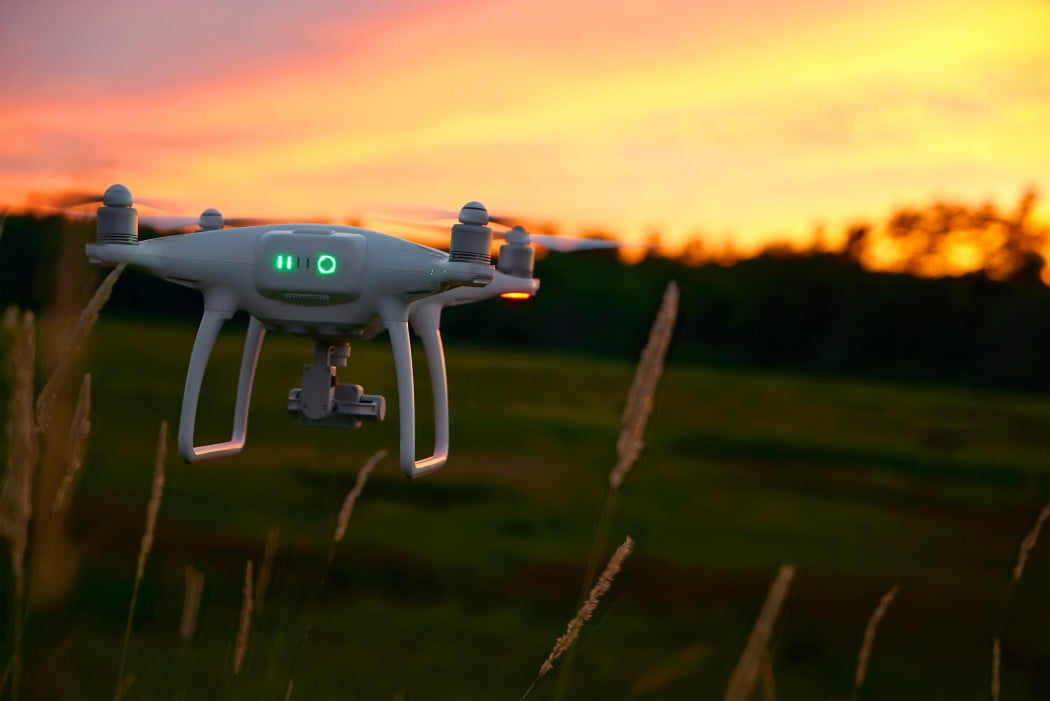
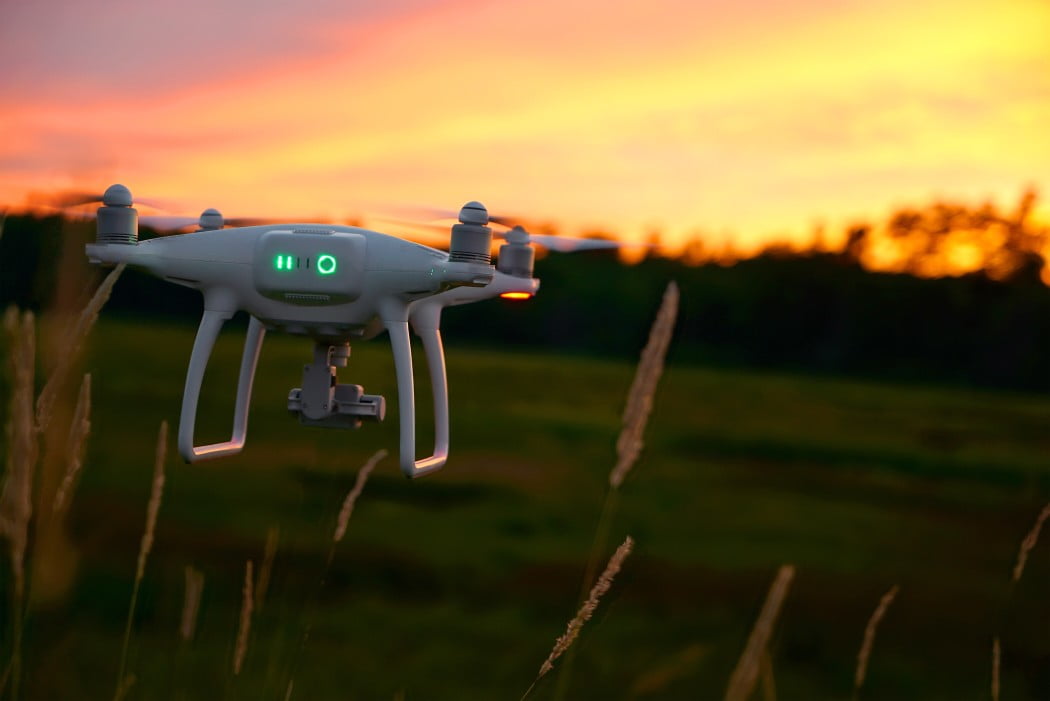
![Best Drones Under the Cost of Ferrari in [year] 26 Best Drones Under the Cost of Ferrari in 2025](https://www.gadgetreview.dev/wp-content/uploads/image-test-3.jpg)
![10 Best VR Drones in [year] 27 10 Best VR Drones in 2025](https://www.gadgetreview.dev/wp-content/uploads/Best-VR-Drone.jpg)
![10 Best Drones for Beginners in [year] 28 10 Best Drones for Beginners in 2025](https://www.gadgetreview.dev/wp-content/uploads/Best-Drones-for-Beginners.png)
![10 Best Indoor Drones in [year] 29 10 Best Indoor Drones in 2025](https://www.gadgetreview.dev/wp-content/uploads/Best-Indoor-Drone.jpeg)
![10 Best FPV Racing Drones in [year] 30 10 Best FPV Racing Drones in 2025](https://www.gadgetreview.dev/wp-content/uploads/Best-FPV-Racing-Drone-scaled-1.jpg)
![10 Best Selfie Drones in [year] 31 10 Best Selfie Drones in 2025](https://www.gadgetreview.dev/wp-content/uploads/Best-Selfie-Drones.jpg)
![10 Best Drones for GoPro in [year] 32 10 Best Drones for GoPro in 2025](https://www.gadgetreview.dev/wp-content/uploads/Best-Drone-for-GoPro-scaled-1.jpg)
![10 Best Drones for Kids in [year] 33 10 Best Drones for Kids in 2025](https://www.gadgetreview.dev/wp-content/uploads/Best-Drone-for-Kids-scaled-1.jpg)
![10 Best Professional Drones in [year] 34 10 Best Professional Drones in 2025](https://www.gadgetreview.dev/wp-content/uploads/Best-Professional-Drone.jpg)
![10 Best Fixed Wing Drones in [year] 35 10 Best Fixed Wing Drones in 2025](https://www.gadgetreview.dev/wp-content/uploads/Best-Fixed-Wing-Drone.jpg)
![10 Best Follow Me Drones in [year] 36 10 Best Follow Me Drones in 2025](https://www.gadgetreview.dev/wp-content/uploads/Best-Follow-Me-Drone.jpg)
![10 Best Foldable Drones in [year] 37 10 Best Foldable Drones in 2025](https://www.gadgetreview.dev/wp-content/uploads/best-foldable-drones.jpg)
![10 Best Drones for Travelling in [year] 38 10 Best Drones for Travelling in 2025](https://www.gadgetreview.dev/wp-content/uploads/best-drones-for-travelling.jpg)
